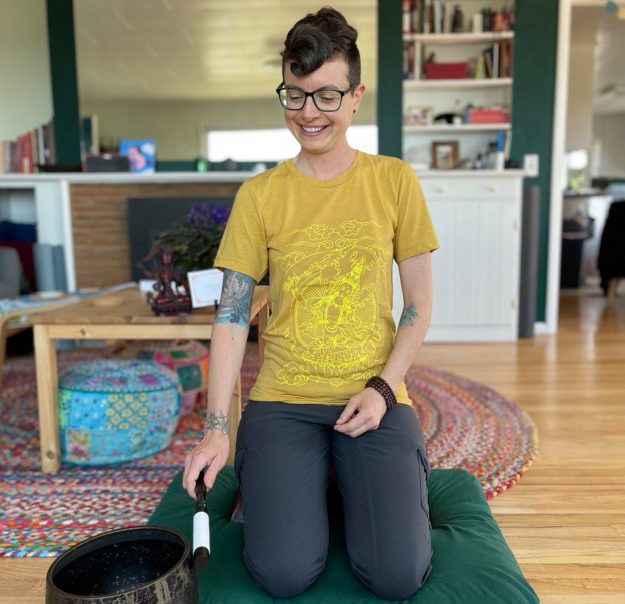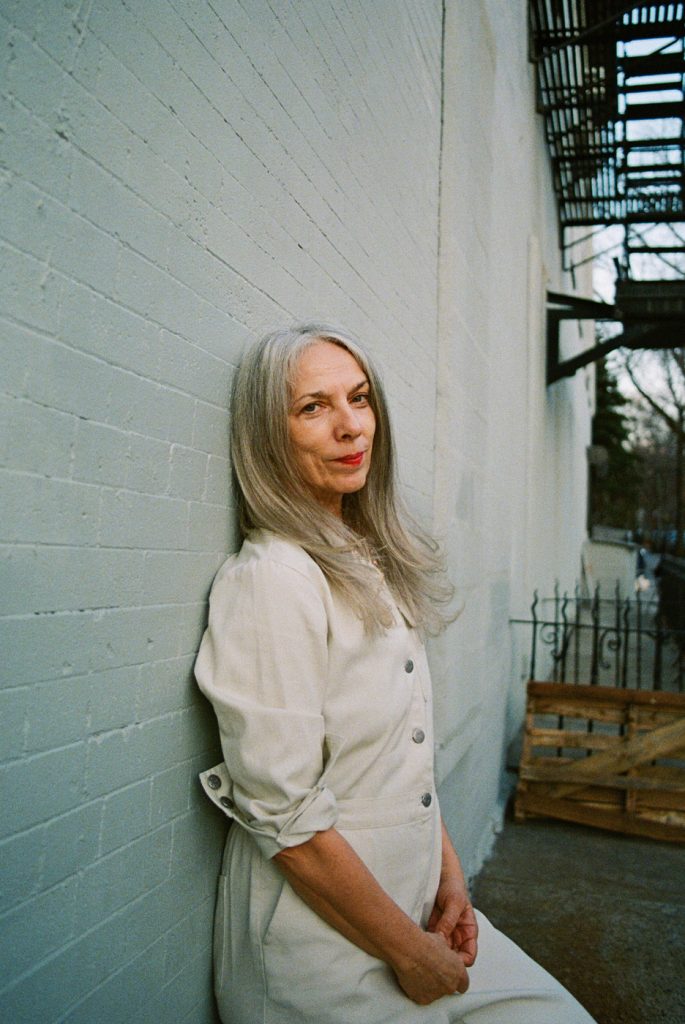It wasn’t all that long ago that the COVID-19 pandemic shifted so many activities online that we used to think could be done only in person. Though a sad, difficult, and deadly time, the pandemic lockdowns were also a time of great virtual connection. We were using our screens to meet with friends, families, and sanghas, and to say our final goodbyes.
Last summer, we had a death in our family and a great need for virtual support. Though I was eventually able to connect with a Buddhist chaplain, it wasn’t so easy, and I wondered if the ease with which we connected virtually during COVID had gone away with the masks and antigen tests.
Buddhist chaplaincy is a fast-growing field, but, unlike so many things available for a few clicks and a subscription fee, it is very much still tied to traditional institutions. As a friend and colleague who is a palliative oncology chaplain explained, chaplains usually work for institutions to provide one-on-one support during times of spiritual need, like a death in the family, and their services often overlap in terms of what spiritual teachers, doulas, and therapists can provide.
Many young chaplains I spoke with view technology and virtual support as a natural extension of their services and embraced it. Perhaps this is also because chaplains who were certified in the last few years had part or all of their clinical training interrupted by the pandemic and were forced to work virtually in real time along with their supervisors.
While the results of the 2022 “Mapping Buddhist Chaplains in North America” gave us the first preliminary data about Buddhist chaplains in the United States, we don’t know much about the number of chaplains who offer virtual support.
Rev. Monica Sanford, a Buddhist chaplain, researcher, and assistant dean of Multireligious Ministry at Harvard Divinity School, said the survey, given to 425 Buddhist chaplains, didn’t ask about the “modalities chaplains used to connect with care seekers.” Sanford noted that there is little existing academic research on virtual and telechaplaincy.
“Breath and heart in conversation with each other, direct, immediate, intimate.”
Rev. Keely Rakushin Garfield is an ordained Buddhist chaplain who serves as spiritual care director and palliative care chaplain at Phelps Hospital Northwell Health in Westchester County, New York. She experienced the power of virtual connection during her internship, which began before the start of the pandemic.
“Someone called the office and shared her fear and great anxiety about the surgery she was scheduled to undergo the next day. She was afraid of not ‘waking up,’ and that if she did, the surgery might still be a failure and she would suffer terrible pain and debilitating losses. She identified as Christian and was comforted by the prayer I offered and the listening ear I was honing. I can still hear the tone of her voice, initially panicked and guarded, and then softer and more open as she began to imagine a life beyond surgery where she was healed. This was a tremendous teaching for me to receive so early on in my training,” Garfield said. “I realized just how intimate a phone call could be. When all other potential distractions to the senses, and other kinds of discriminating information, were muted, something more essential could emerge. Breath and heart in conversation with each other, direct, immediate, intimate.”
During the COVID-19 lockdowns, Garfield used an iPad to connect with families who were unable to go to the hospital; a nurse on the unit was tasked with making sure it was charged for each virtual visit. “This kind of separation led to excruciating suffering, which was hard to bear witness to,” Garfield said. “While all of this was far from ideal, I shudder to think what it would have been like without this technical capability, and I am also aware that this was not something that was available to people everywhere.”
Garfield found it particularly challenging that her yearlong chaplain residency training was conducted on Zoom, especially since she “benefited from being up close and personal with the nuances of a smile, a tear in someone’s eye, the silly but essential aside about the weather,” the camaraderie present during her internship. “There is no substitute for the feel of a real hug, or taste of a real brownie.”
“It’s hard to hand someone a tissue through the screen.”
Now that lockdowns are long gone, Garfield said her patients once again have “the joy and messiness” of family and friends being present for their care and deaths. She said it is fairly normal to facilitate hybrid family meetings, with some members there in person and others joining virtually, “a very positive outcome.” Garfield also is still offering virtual visits to the survivors of her palliative care patients and hearing the myriad of ways that life continues after grief.
Garfield understands firsthand how geographical differences in families can make it difficult to be present, and that the possibility of connecting virtually is “truly miraculous.”
“When my own father was dying in hospice in London and I was in New York,” she said, “his compassionate nurse held the phone up close to his ear so I could listen to his breathing and say goodbye. Having been physically present for countless deaths, I can honestly say that the experience I had with my father was, in essence, not different. I can’t explain it. You had to be there. And I was.”
The distance Garfield experienced in connecting with chaplain colleagues during her residency is also the disadvantage of remote spiritual care work. “It’s hard to hand someone a tissue through the screen.”
Looking forward, Garfield acknowledged that there is no going back in terms of using telechaplaincy. She added that we need to expand broadband and data access to continue to reach those in rural and underserved areas.

“May we utilize technology to increase the scope of our work, fine-tuning our craft to shore up well-being for all those endeavoring to heal the planet, to promote social justice and environmental health, to alleviate isolation and fear, and to end suffering. The potential is limitless. And the future is now.”
Kaitlyn Hatch is a Tibetan Buddhist practitioner in the Kagyu and Nyingma traditions who trained at Upaya Zen Center, in Santa Fe, New Mexico. They had focused their chaplaincy work on providing spiritual support to those navigating climate grief and in other social-change realms.
Hatch explained that they had done two in-person intensives in Santa Fe, and had traveled for the third and final training in March 2020. Not wanting to get stranded and isolated as the lockdown began, Hatch traveled back to Seattle, and the Upaya group immediately adapted and went forward with its jukai ceremony (receiving the Buddhist precepts) and intensive training on Zoom.
“We were all figuring it out together,” Hatch said. “We had prepped for jukai,” and eventually the group realized that the ceremony could be done online with some adjustments, like choosing a single person to lead the chant instead of everyone chanting together on Zoom.
Just four years after lockdowns, it seems enough time has passed to look back fondly on the early lockdown days and appreciate the grassroots momentum to build supportive virtual communities. Yet with more than seven million pandemic deaths around the world, who can blame us for wanting to move on, to not fear gathering in person again?
Thank you for subscribing to Tricycle! As a nonprofit, we depend on readers like you to keep Buddhist teachings and practices widely available.
